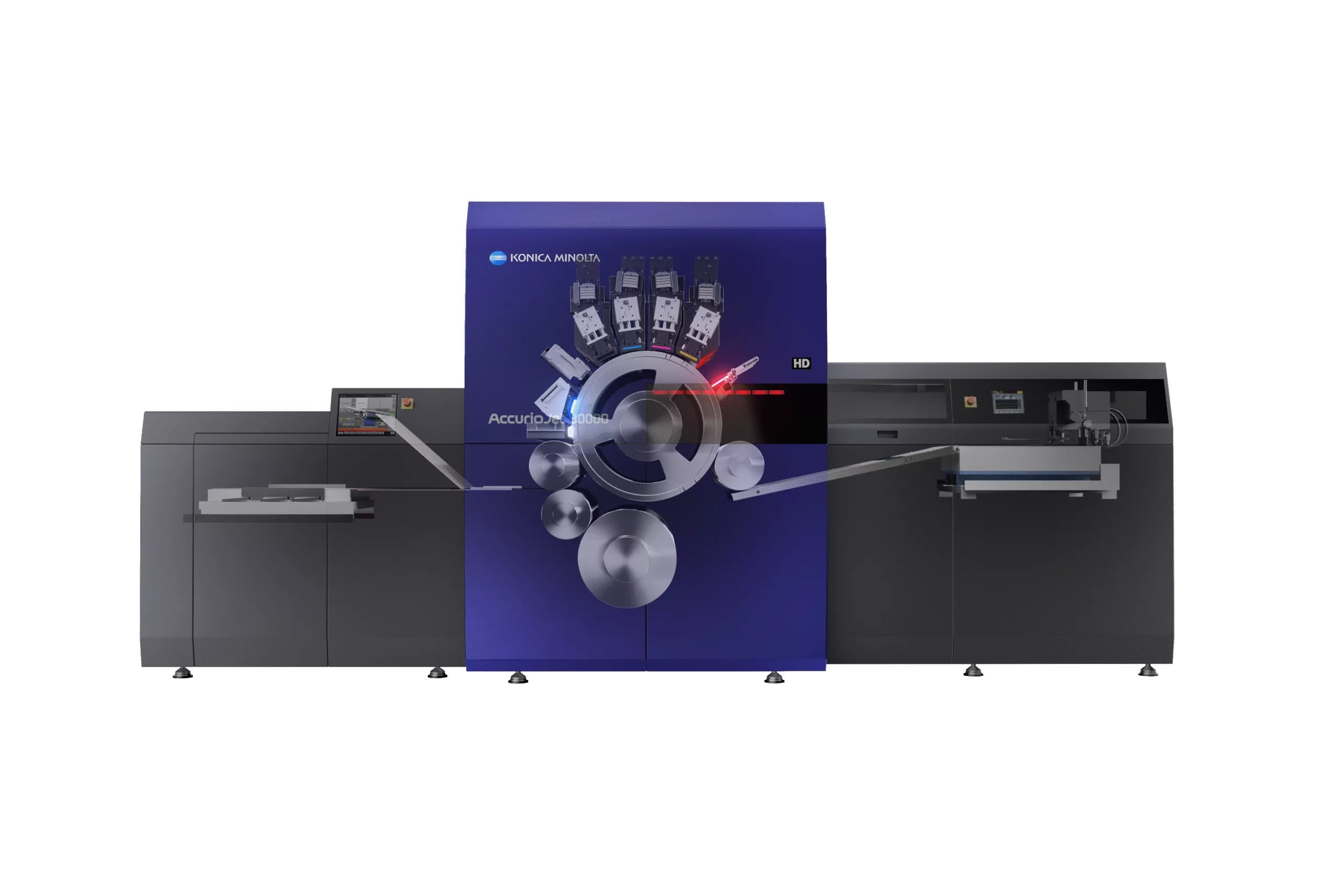Small businesses typically run lean and are accustomed to doing more with less. Manual processes often abound in small businesses because the perceived return on investment in advanced technologies seems beyond the organisation’s reach. And, if the sales are still coming in, the business’s decision-makers rarely see the need to mess with what seems to be working.
However, maintaining the status quo with manual processes means growth will be out of reach for these companies. Filling in sales details on an Excel spreadsheet isn’t scalable. Having an accounts person review and pay each invoice takes up valuable time and introduces the potential for errors. For many small businesses, there comes a tipping point where the cost of not automating these processes outweighs the investment required to automate them.
McKinsey estimates that, in about 60 per cent of occupations, at least one-third of workday activities could be automated.1
Opportunities for automation can include:
Document management
In every organisation there is a workflow that requires various people to create, edit, review, and approve documents. These documents can be varied, including contracts, annual leave requests, expense forms, and more. In a small business it might not matter that a document is created, then manually emailed or handed to the next person in line, then the next person, and so on. To grow, however, businesses need to automate this process to minimise the amount of manual handling required for each document. This lets your business move faster and more accurately.
Accounts payable
In a manual accounts payable (AP) process, someone must review an invoice (often on paper), compare the invoice to the purchase order, verify that the invoice is legitimate, and arrange payment. When organisations are dealing with a handful of invoices each month, manually processing invoices doesn’t add too much cost or complexity. However, when the number of invoices starts to creep up, so does the amount of time that person must dedicate to processing them. At the same time, the risk of errors rises, and the company may find that it’s paying late fees (or missing early payment discounts), paying the same invoice twice, or even inadvertently falling for fake invoice scams.
In an automated accounts payable process, the invoice is received by the system or a paper-based invoice is scanned using optical character recognition (OCR) technology. The system can review the invoice and compare it against the purchase order to confirm it’s legitimate and hasn’t already been paid. If all the details match, the system can automatically schedule a payment. If the details don’t match, the system can flag it as an exception and a person can investigate. This dramatically reduces the amount of time people have to spend managing invoices, and it also reduces the risk of errors, fraud, and double payments.
Marketing
Automating marketing efforts can help smaller businesses augment their marketing team and play in the big leagues against their competitors. Most small businesses can’t afford a large, integrated marketing team. But marketing is one of the most effective ways to gain new business and grow. This is where an automated marketing solution can deliver significant benefits, making the company appear more proactive and engaged than it could otherwise afford to be.
Warehousing and logistics
Automating warehousing and logistics functions can similarly increase a company’s ability to compete while simultaneously lowering costs. Applying robots in a facility can save time and contribute to efficiencies, as well as increase worker safety. Warehouse automation can streamline the movement of goods and let you benefit from optimised workflows and pathways.
Workforce management
Drawing up rosters and accounting for the different skill sets and employee conditions for each shift can be a nightmare that only grows alongside your business. Automating this process can give rostering managers hours back in their day and reduce the risk of under- or overstaffing on shifts. It can also account for people’s preferences and time off requests.
These are just a few examples of where small businesses could benefit from automation. Every business has unique needs and opportunities. However, every business can benefit significantly from introducing automation. These benefits can include:
- Increased speed and productivity
- Fewer errors
- Less risk of fraud
- Improved compliance and governance
- Lower costs
- Higher team morale
- And more.
To find out how Konica Minolta can help you get the most out of automation in your business, contact the team today.
1 https://www.mckinsey.com/featured-insights/future-of-work/jobs-lost-jobs-gained-what-the-future-of-work-will-mean-for-jobs-skills-and-wages




